How To Open A Gym – Tony Barnes, Graft Haus Owner
How To Open A Gym: An Interview with Tony Barnes, Graft Haus Owner
One of the large growth areas in the fitness industry is the privately-owned gym. Not the corporate chains or the council-run facilities, but an owner-manager who has an idea and a vision of how a gym should be and the backing to see their vision realised.
As a self-employed fitness professional, I think it’s fantastic to see this rise in these kinds of gyms, because they’re shifting attention away from what (in my opinion) is a poor representation of fitness.
They’re changing the perception of a gym away from the treadmill-filled, dance-music blasting, brightly-coloured places that exploded over the last 20 years and directing it towards a community-based environment, where the client is front and centre.
I’ve worked in those big gyms and I can tell you the drive is towards member sales, not member results. It’s a sad reality of the corporate gym world.
In my 15 years in the industry, there has been a shift from bigger = better and now the most successful gyms I know are smaller, with more emphasis placed on community, coaching and results. Long may it continue.
But how do you do it? How do you open a gym?
About Graft Haus Gym
I recently nipped over to Leeds to speak to Tony Barnes, who co-owns Graft Haus gym in Leeds with his partner Charlene. They were self-employed personal trainers who were fed up with how they were at the whim of a gym when it came to earnings and running a business. With that in mind, they decided to open a gym.
Having done all of their business planning, projections, forecasts and spreadsheets, they raised their finance and set about the journey.
They acquired a warehouse in Leeds and set about creating what is an absolutely outstanding gym – from design, equipment, flow and feel. It’s the kind of facility you wish was on your doorstep!
It’s a gym with great kit, a well-thought out layout, plenty of space, nice extra facilities and a nice balance of kit. You can see it’s a gym put together by someone who trains. It’s a gym that gym-goers will appreciate, that’s for sure.
Here’s my interview with Tony – it’s an insight into lessons learned, expectations, how to replicate what he’s done and most importantly, an honest account of the life of a gym owner…
Tony Barnes, Graft Haus Owner Interview…
SH: Tony, what was it that made you want to open a gym?
TB: My partner and I, Charlene, were in marketing. I’d been in marketing for about thirteen and a-half years, Charlene about four.
We went on holiday and were in an open-air gym in Thailand. We both love training and I was in to my bodybuilding competing and wondered how do we make this our life? How do we get from behind a desk and become part of the fitness industry?
We considered it and decided we needed to get more exposure to a gym environment. We sorted out our personal training qualifications and became PT’s with a view to opening a gym with a five-year time frame.
However we soon found that as self-employed personal trainers we were massively at the whim of the management of the gym and itstruck us that something wasn’t right, so the plan accelerated into a two-year plan!
SH: How long has the gym been open?
TB: We’ve been open about eight and a-half months now. It is around eighteen months since the holiday where we decided that we were going to open our own gym.
SH: So what does a typical day look like as a gym owner?
TB: Well it depends on the day. I still have PT clients who I look after, mostly in the morning.
I’m usually up around 5am; I get to the gym, put a coffee on and make sure everything is ready for the sessions. I’ll then PT for a few hours in the morning and cover the receptionist’s break.
Once that’s done, I’ll either stay in here [the gym] and work in the office, or I’ll head home and work from there. We’ve got the office mirrored at home so I sometimes work from there; simply because being in the gym can be a distraction and just destroys productivity.
My partner also still works as a PT, but her clients tend to be evening-based. We try to get some ‘sanity time’ together in the middle of the day, and then usually head back to the gym. We’re almost always there for at least the last hour before closing.
SH: When it came to your kit buying decisions, was it a case of “I like to train this way and use this kind of equipment”, or was it based on market research?
TB: The gym as a whole was almost ‘field of dreams esque’ mentality – build it and they will come. It was in part inspired by our personal training experience.
We’d seen how PT’s used the gym, we’d done it ourselves and knew what were effective ways to change people’s shape and fitness, so we wanted to build a gym that would reflect that.
Our focus was immediately towards moving large amounts of weight. We kept our CV offerings as ones that were slightly different, but high quality. Something more than a huge line of treadmills. We do have treadmills, but most people use them to walk or sprint.
If you want to jog, go outside and save yourself a gym membership!
In terms of our cardio kit, although it’s only a small amount of our offering, it was well over 20% of our overall cost. Some of the individual pieces of kit were extraordinarily expensive.
We spent a lot of time on layout, trying to remove what we saw as mistakes in the way commercial gyms are laid out. There’s no ‘flow’ in a lot of commercial gyms.
SH: How long did it take before you realised ‘We’ve got this right’, in terms of kit, layout etc?
TB: Pretty much from launch day, our feedback has been overwhelmingly positive. Any negative feedback has come from people who had a different experience of pricing structure, so typically people who expected to pay £10 per month to come to the gym.
If you want to spend £10 per month, there are plenty of options. Our opinion is if that’s all you’re willing to financially commit to a gym, you’re probably not mentally willing to keep the place in good condition.
SH: What’s happened to those people with the price objections? Did they convert or not join?
TB: We’ve had examples! One of the cutest things that’s happened to us is one of our members was in the deliberation stage for a while.
They continued dialogue with us and after some hefty negotiation on his part, he to join with someone else, but on a reduced rate. We didn’t really want to discount, because discounts are for life and it’s not fair on other people who haven’t been discounted.
BUT, over time he actually came to us and asked us to put his membership up! That was one of the best things that has happened to us! His initial doubts about leaving the commercial facility were superseded by the fact that he loves this place.
The only people who felt unsatisfied by the gym are the ones who are hyper-focussed on value or people who are incredibly cardiovascular or class focussed. The irony is (for the CV people) is that our CV kit is hardly used, but they’ve seen a small amount of cardiovascular kit and panicked.
The class-focussed people, we don’t really want as members so we don’t cry into our cornflakes when they don’t join!
SH: Is there anything in terms of kit that has surprised you, in that something you thought would be popular hasn’t been or vice versa?
TB: It’s an interesting one. All of our kit is fairly evenly hammered. From a cardiovascular point of view, bikes were the poorest investment because they are used the least, which was a surprise. In commercial facilities they’re used fairly evenly.
Maybe that’s indicative of the type of member we have here – they’re more active.
When it comes to kit being heavily used, we’ve been pleasantly surprised at the amount of Olympic Weightlifting that has been going on.
SH: Is that because of Jack (Oliver) and Sarah (Davies)? They’re pretty famous within the UK weightlifting scene.
TB: They’ve certainly helped. We’ve known Sarah for quite a few years thanks to our previous work. We always thought it’d be nice if they came to train with us, but it was never something that had to happen.
SH: If you were to start again, what wouldn’t you do next time around?
TB: I wouldn’t try to paint the ceiling with a roller!
Nah, we’d probably try to reduce our PT hours quicker. We’d also try to have more time for the business sooner. We would’ve timetabled our own training an awful lot better.
I used to train 4-7 times per week. If I train twice per week now, I’ve done well. The lack of movement itself is frightening. Myself, I train because I have Ankylosing Spondylitis and if I don’t train and eat properly, I go downhill. At the moment, my mornings are getting stiffer. I’ve been in remission a long time, but it’s in my head that if we don’t look after ourselves better, we could be in trouble.
Charlene gets a lot of sanity and mental relief from training. A combination of working a lot of hours and not getting that release is like a double whammy, so adjusting our business/PT/home split would be the first thing to train.
In terms of the content of the gym, content and people, we’re happy that we’ve made the right choices. We’re building the community we wanted to from the start.
SH: You’ve been both a PT and a gym owner. What are the changes in the industry you’ve noticed?
TB: We’re still of the opinion that most people who come to the gym want to look better or pick up heavier stuff. They either have appearance aspirations or physical strength aspirations.
We want to make sure we’re the best equipped facility to make that happen. At the same time, we need to appeal to the growing level of Instagram fitness people, to who which appearance is important.
In my heart, I’m a spit and sawdust guy, where if the weights aren’t rusty, I don’t see the point kind of person, but if we’d have gone with that approach it would have been financial suicide.
The market has shifted and people appreciate a nicer environment and want to take pictures of themselves, so the environment has to match that.
SH: In terms of expectations you had before you opened, is being a gym owner as you expected?
TB: One of the best things for us is the level of friendships we’ve developed since we opened.
We wanted our gym to have a family feel but didn’t know how long that would take. We’ve found that being the owners ourselves, hands on and into training ourselves has gone down very well with members.
We’re at a couple of hundred members now and the number of members whose name I don’t know is minimal. We get to talk to a lot of people, get to know them and go out with them.
SH: What are you doing to encourage members to stick around? Some gyms have cafes, restaurants, work areas etc. What are you doing to compete?
TB: Our entry area is large – it’s deliberately sparse, open and not overwhelming. The intent there was it to feel like a café environment. It’s a place where we want people to relax before and after a workout.
We have free wi-fi available and want people to feel like they can sit there with a laptop. Some people come in just to have a coffee and do their work for the day and not even train!
We have a Facebook group to encourage members to have dialogue with each other and have hosted a mental health event here. The goal is to have more regular events at the gym.
We’ve had a social night out and want to host more events at the gym.
SH: The journey of a personal trainer is quite set – Fitness instructor, Personal Trainer, studio/gym owner. The problem is that the skill sets are so different. How did you have to adapt your own skills to run a gym?
TB: For us what we realised from the start is that to be a successful personal trainer you didn’t have to be the most knowledgeable, you just had to be a person who could sell themselves best and build great rapport.
Similarly, as a gym owner you have to build relationships – with suppliers, members and everyone you come into contact with. You have to spread that network.
Being amazing at spread sheets as a PT is quite important for plans etc. As a business owner, it’s vital for making sure the numbers stay on the right side of zero, which is an on going nightmare!
The micro skills as a PT, you have to scale up to look after large groups of members. It’s not a question of making sure a few clients are happy, it’s a question of making sure large groups of members are happy.
You can’t treat them as a single solid, you have to treat them as individuals.
SH: What kind of capital would someone who wanted to replicate Graft Haus need to have access to?
TB: You want to ensure you have enough for cashflow, because in the early days you’re going to lose money hand over fist (in fact for a long time). Your initial budget has to reflect that.
You don’t have to go crazy, but if you’ve got between £100-£200k you’d be able to do it.
SH: At eight months in, how many members do you have?
TB: We’re at a couple of hundred members at the moment. We originally had a membership target of 1000, but we’d like to bring that down as much as possible, because we want to retain a good training environment.
If we find that when we get to 600 members cash flow is all we need, we have sufficient staffing and cover, then we’ll try to stay there. Extra members means extra staff, extra cleaning, extra cover.
Realistically we want to keep it as low as possible, which might sound strange!
SH: Where do your members come from? Social media? Locals?
TB: Social media is the main one. We’ve been very active on Facebook and Instagram. We don’t post all day, but when we do post it usually does pretty well.
We want friends of members – as many as possible. That’s mostly for a community atmosphere, because people know each other. It’s also reduces member isolation, which is a big reason why people leave gyms. If they’re surrounded by people they know, they’re more likely to remain.
Offline, cost reward is poor. If you’ve got a massive marketing budget, then you could spread the word, but it gets very expensive very quickly. Through previous marketing roles it became clear that the most important thing you can do is to get people talking about your gym and product.
Our marketing budget is exclusively online.
SH: Your PT’s and therapists, are they self-employed?
TB: Yes. Our PT’s all pay a flat fee, so they all pay the same. We have zero expectations of them – they are all entirely their own entity.
As long as they respect our kit and wear our logo, that’s all we want from them. We want to be a place where they can build a successful business and don’t want them to think we’re bearing down on them.
In terms of therapy, we made the room bigger and have a therapist in there who is working with some big names now.
The beauty room was an add-on. We had a consultation room which was under-used by PT’s and our receptionist had a previous role in beauty therapy and expressed an interest in taking it on as a therapist.
SH: Do the therapists benefit more from your members using their services, or do you benefit by having their patients/clients come here, not knowing you existed and then becoming members?
TB: It’s worked well both ways so far. Probably more the former, because the therapist in particular has access to a lot of people who are training and hurting themselves!
Within the gym he has a lot of walking adverts. He does bring people in and is doing well on his own.
We offer PT’s clients discount on memberships and free access when they are there with their trainer, so it works both ways.
Steve again…
Opening a gym is the dream of many personal trainers and I think when it is done well, it’s a great thing. The market is there and the world needs more places to get fit – we’ve got an obesity crisis going on!
If you’re interested in opening a gym, hopefully this interview with Tony will give you more of an idea of the realities – it’s not a question of open the doors and watch 5,000 members pile in, making you a millionaire within a year!
Do things right though and the sky really is the limit!
Good luck Tony and Charlene!
If you’re in Leeds or live by there, seriously do go an check Graft Haus out. It’s a brilliant gym – the design is great, kit is fantastic and as a training environment, it’s better than most of the gyms I’ve seen (and trust me, I’ve see A LOT of them!)
Website: http://www.grafthaus.co.uk
Instagram: https://www.instagram.com/grafthaus/
By the way, if you subscribe to the Hoyles Fitness mailing list you’ll receive a free eBook containing 101 Health and Fitness Tips, plus offers and news exclusive to Hoyles Fitness subscribers. Click the image below to download…
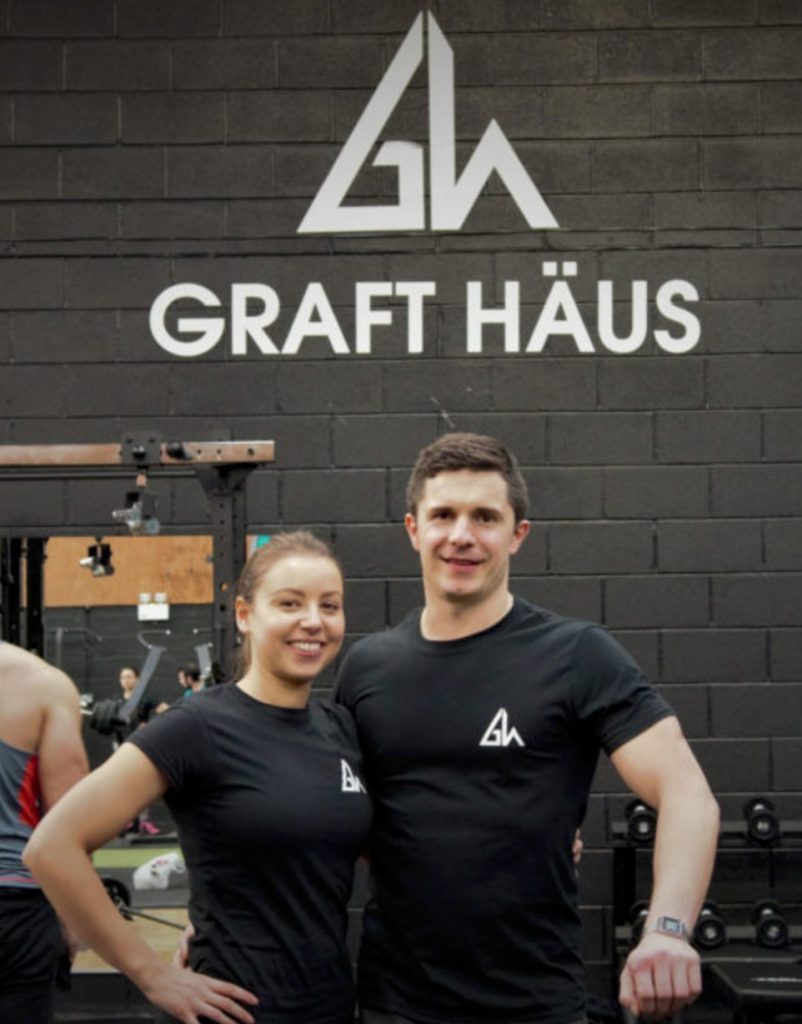
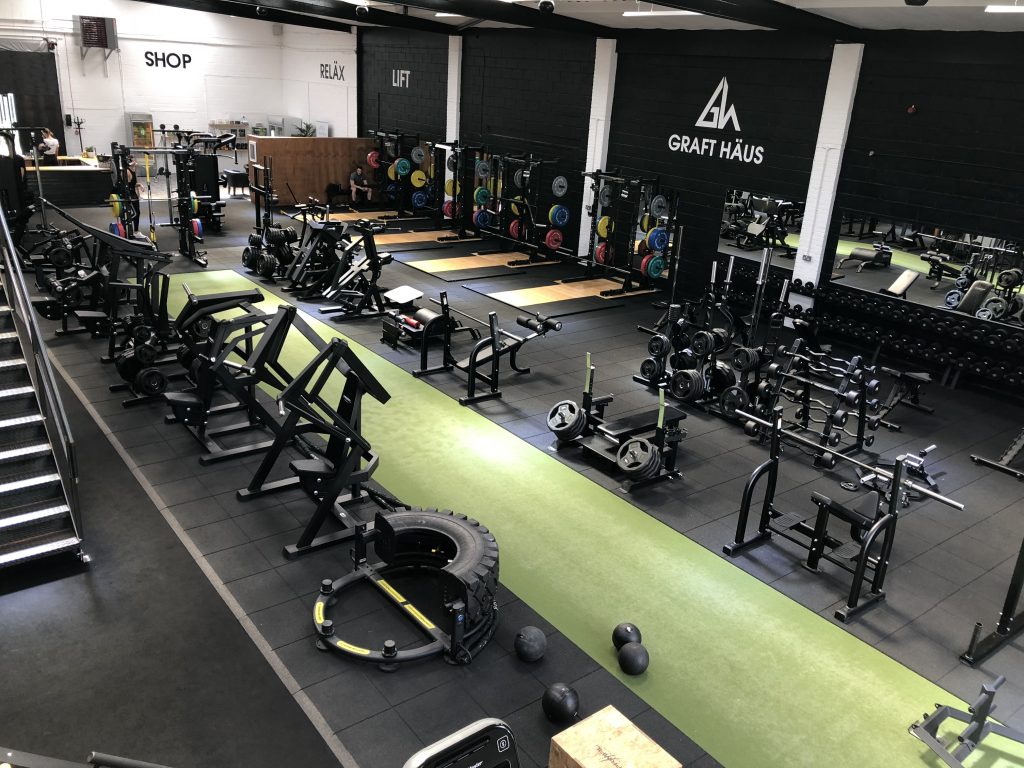
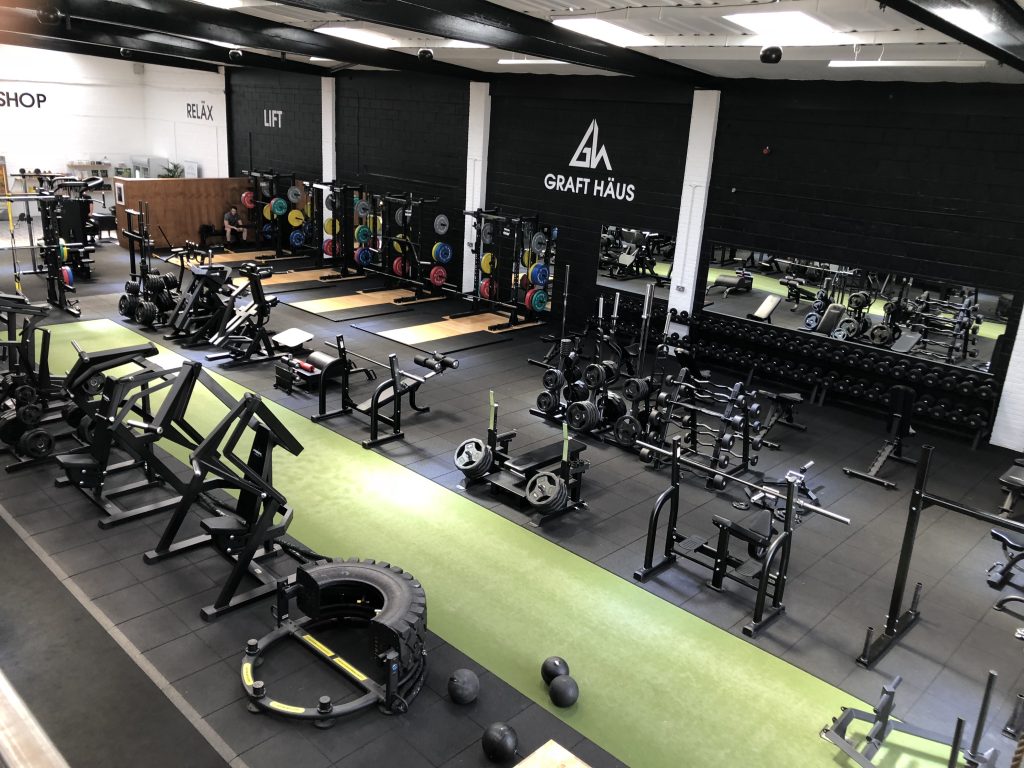
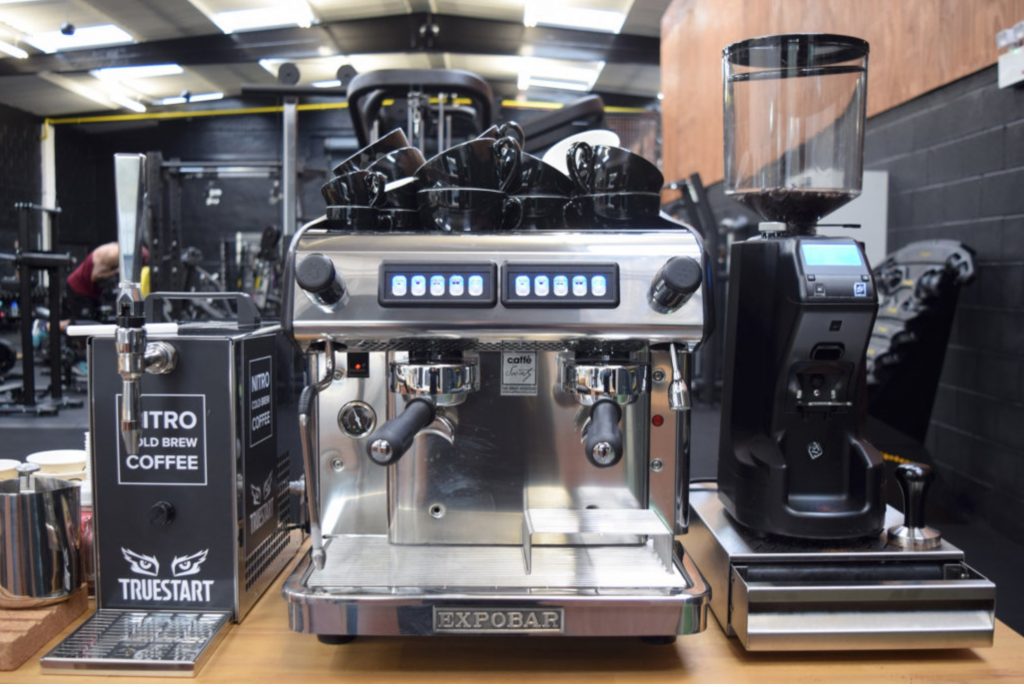
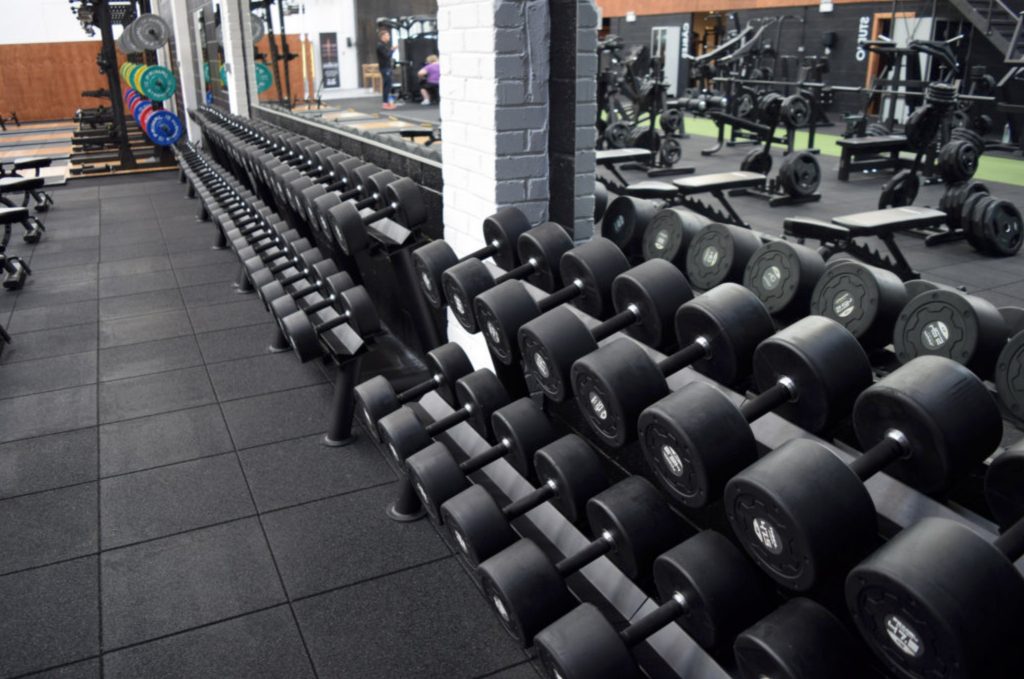

One thought on “How To Open A Gym – Tony Barnes, Graft Haus Owner”